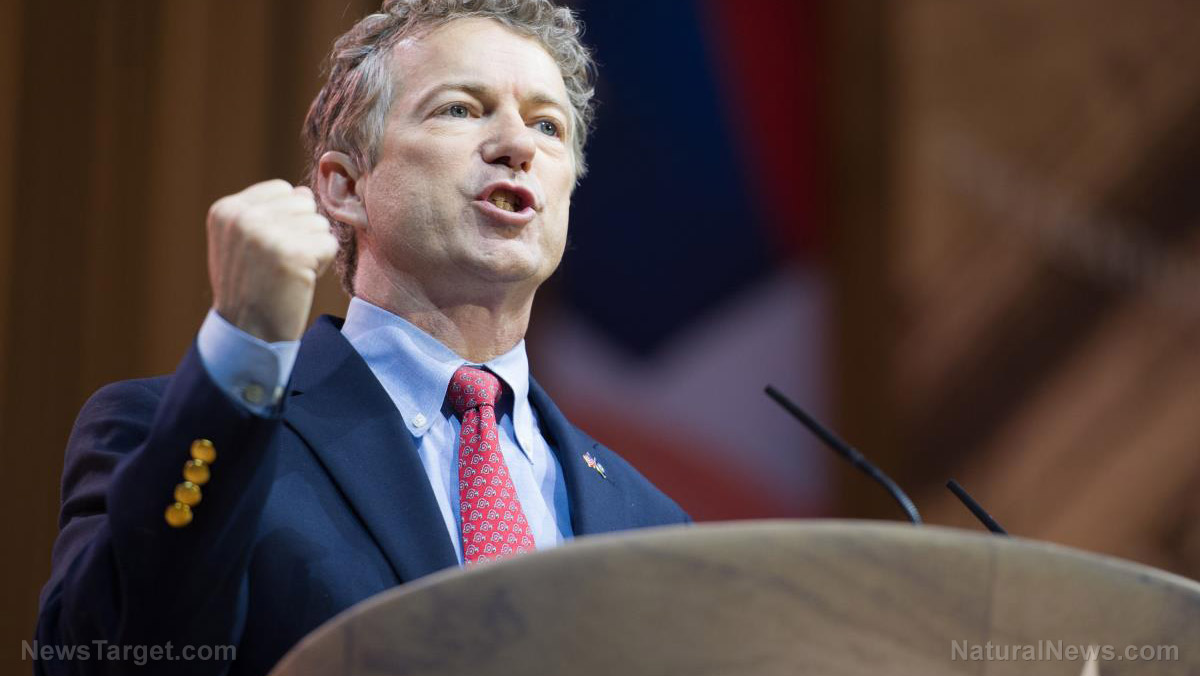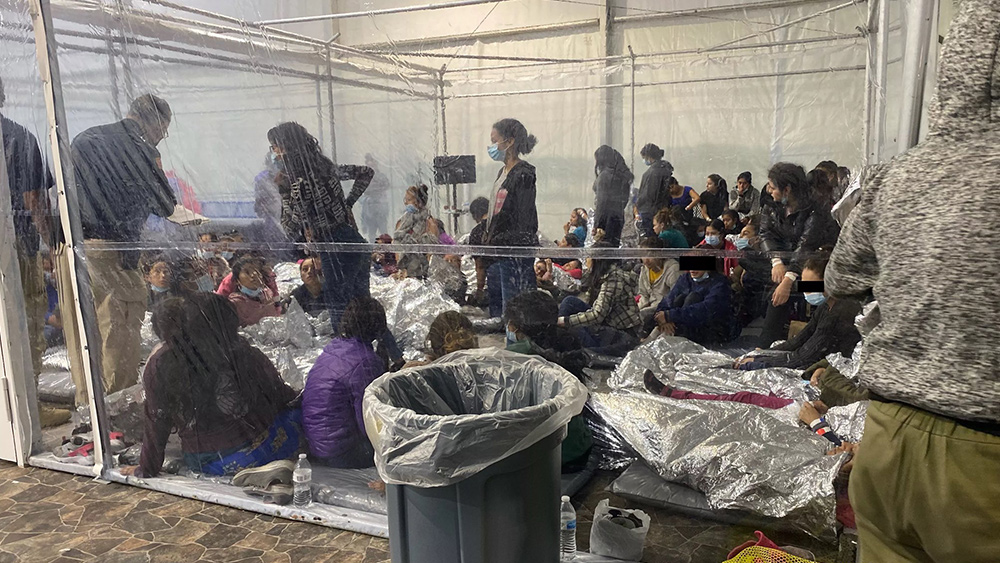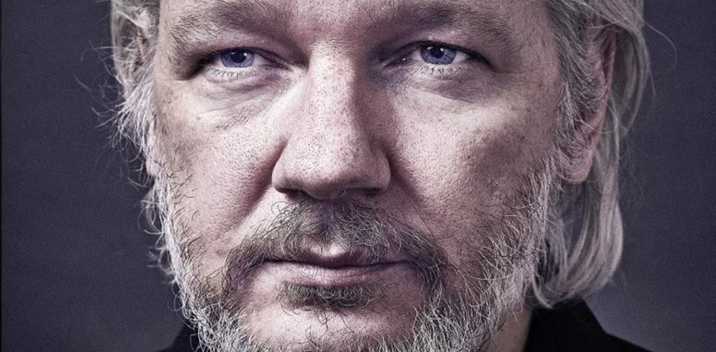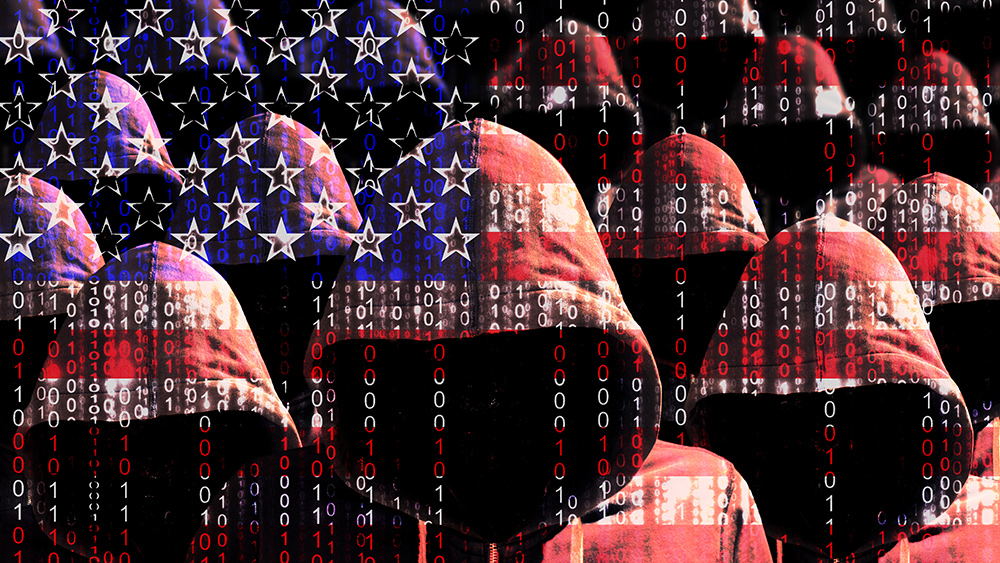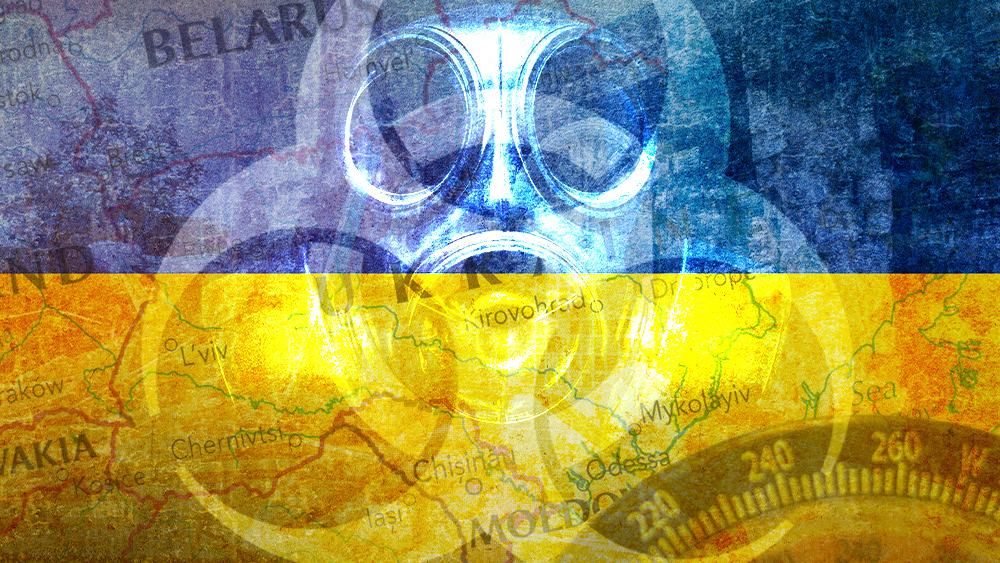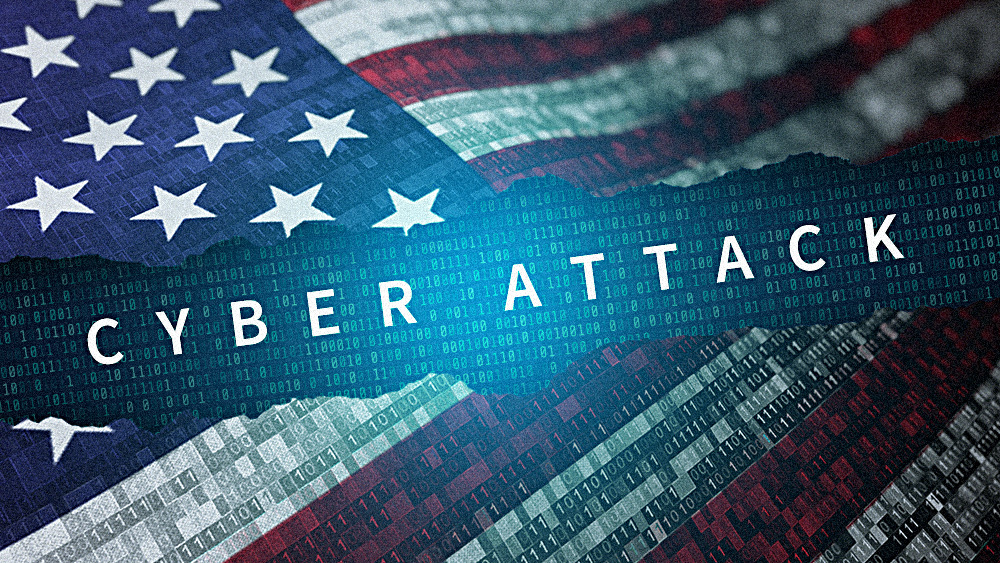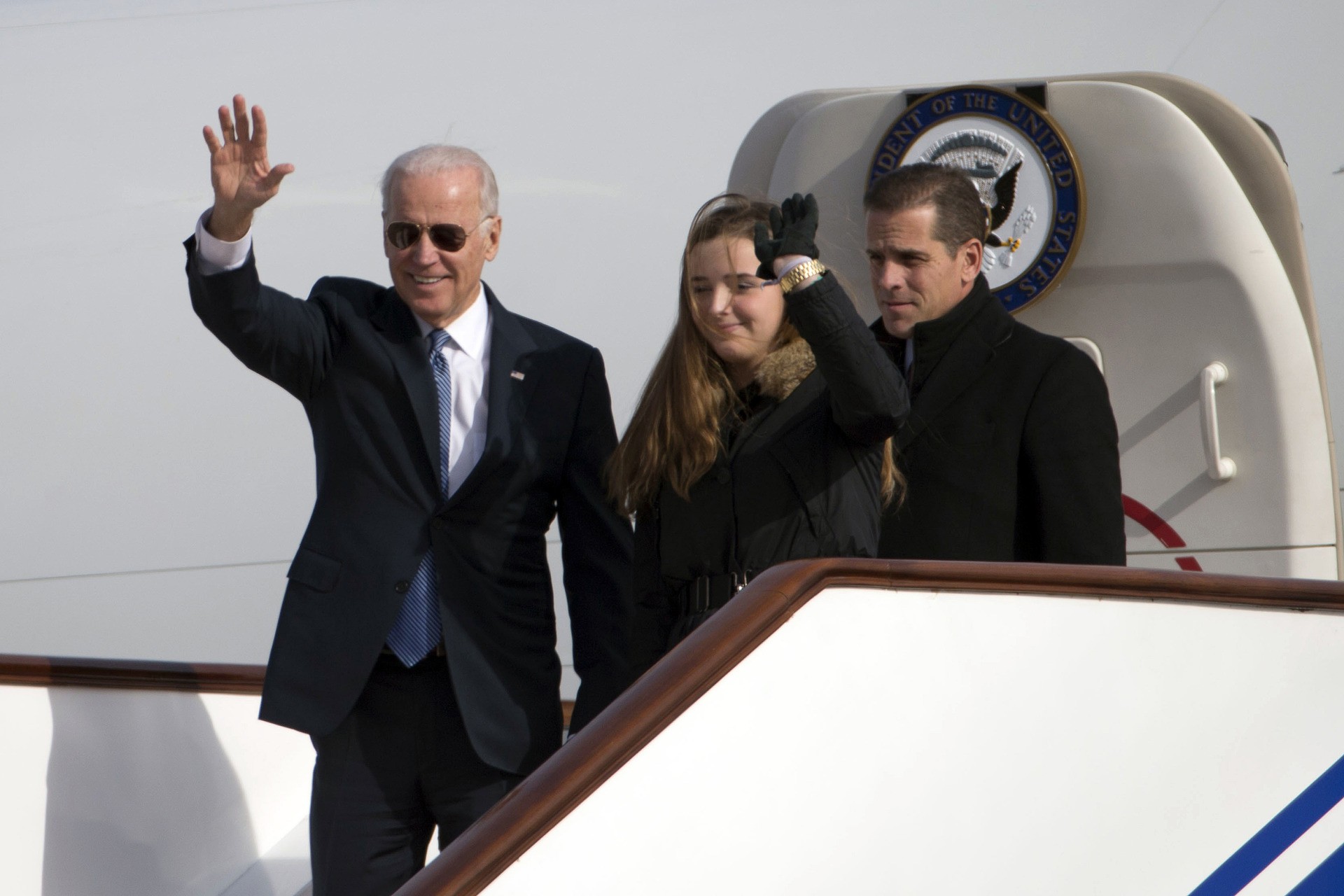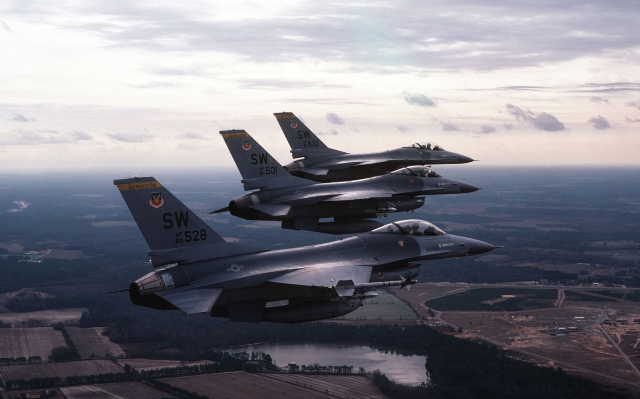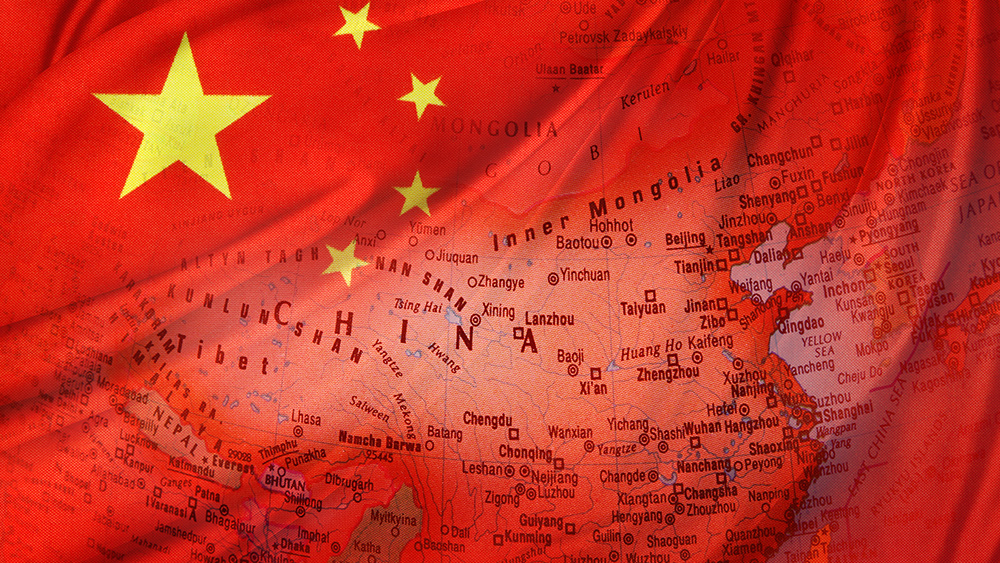Biden administration looks DESPERATE to reestablish normal communications with China
06/19/2023 / By Oliver Young
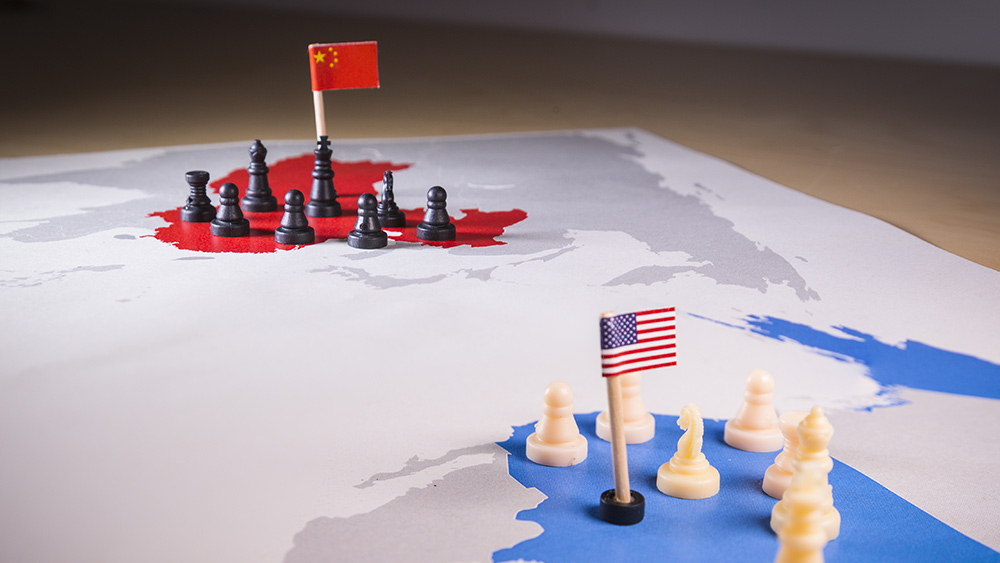
Secretary of State Antony Blinken shook hands with Chinese President Xi Jinping to wrap up a two-day visit to China Monday, June 19.
With Xi shaking hands with Blinken at the Great Hall of the People, a grand venue usually reserved for greeting heads of state, China and the United States virtually sealed an agreement to stabilize their intense rivalry and prevent it from veering into conflict.
On Sunday, June 18, Blinken held talks that lasted over seven hours with Chinese Foreign Minister Qin Gang. The Department of State called the talks “candid, substantive and constructive” although they did not appear to make concrete progress on disputes that include Taiwan, trade, human rights and fentanyl.
The visit was part of a larger effort by the Biden administration to build guardrails around the two nations’ rivalry.
“Intense competition requires intense and tough diplomacy to ensure that competition does not veer into confrontation or conflict, and that’s what we intend for this visit,” State Department spokesperson Matthew Miller said during a press briefing prior to Blinken’s visit to China.
According to Miller, the three broad objectives of the trip were: to reestablish normal communications; champion U.S. values and interests; and identify potential avenues for mutual cooperation.
It was the first time a secretary of state has traveled to Beijing since 2018.
Blinken was previously scheduled to visit China earlier, but those plans were scrapped when a Chinese spy balloon was spotted over the continental U.S., collecting information on three military sites associated with the U.S. nuclear program.
The Biden administration has repeatedly stated that the trip would still take place as part of its wider effort to engage with the Chinese Communist Party (CCP). And it did.
“We thought it was important that there be a direct channel of communication between our two countries,” Miller said.
“Obviously, we have a competitive relationship with China … but it’s important as two of the world’s great powers that we have the ability to directly communicate with each other so that competition doesn’t veer into conflict.”
The CCP has systematically reduced communications with the U.S. over the past year and a half. That communications blackout has mostly affected military-to-military communications.
Ely Ratner, assistant secretary of defense for Indo-Pacific security affairs, said last month that the CCP is refusing virtually all communications with the U.S. military, whether it be Defense Secretary Lloyd Austin, regional commanders or civilian Pentagon employees.
Biden administration’s moves concerning China are driven by fear
Analysts think the Biden administration is seeking to draw China back to the table out of fear that the lack of communication could lead to a catastrophic miscommunication amid increasingly tense military encounters in the Taiwan Strait and South China Sea. (Related: China carries out military drills around Taiwan in “serious warning” after US House Speaker visit.)
Amid these efforts, the administration of President Joe Biden acknowledged the fact that traditional engagement with the regime has failed and that new approaches will be needed to manage the relationship effectively.
“We’re clear-eyed about [China]. We know efforts to shape or reform China over several decades have failed. And we expect China to be around and to be a major player on the world stage for the rest of our lifetimes,” said Kurt Campbell, National Security Council coordinator for Indo-Pacific affairs.
“We are in competition with China, but we do not seek conflict, confrontation or a new Cold War. We are for managing the competition responsibly.”
Blinken’s trip to China comes amid increased efforts by the CCP to prepare its military and population for conflict.
Xi has urged his people to prepare for “extreme scenarios.” Likewise, the regime is attempting to build up its domestic industrial and economic base to ensure continued operation in the event of war.
The CCP is also developing military capabilities specifically designed to overcome and annihilate U.S. systems in the Indo-Pacific. These include new aircraft carriers; space and counterspace capabilities; and the largest nuclear expansion since the Cold War.
The U.S. estimates that the regime will quintuple its arsenal of around 300 nuclear weapons to 1,500 by 2035. To date, the regime has rebuffed all attempts to draw it into nonproliferation talks and refused to engage in arms control agreements with the United States.
Read more stories about China at CommunistChina.news.
Watch this video that talks about a “secret” visit by Blinken to China.
This video is from the Martin Brodel channel on Brighteon.com.
More related stories:
ELON UNMASKED: Tesla bigwig Elon Musk reaches out to CCP officials during short visit in China.
China flies fighter jets into Taiwanese airspace, escalating tension following Pelosi visit.
U.S. warns China about plans to increase military drills in South China Sea region.
Sources include:
Submit a correction >>
Tagged Under:
Antony Blinken, Biden administration, big government, CCP, chaos, China, Communications, conflict, conspiracy, Joe Biden, military tech, panic, rivalry, South China Sea, spy balloon, State Department, Taiwan, Taiwan Strait, weapons technology, World War III, Xi Jinping
This article may contain statements that reflect the opinion of the author
RECENT NEWS & ARTICLES
COPYRIGHT © 2017 NATIONAL SECURITY NEWS



